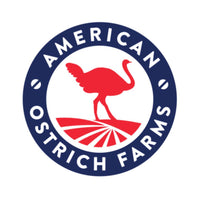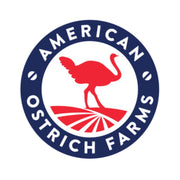Histamines are natural compounds found in various foods and are also produced by the body as part of the immune response. While histamines play crucial roles in the body, including regulating digestion and immune responses, excessive intake can lead to adverse reactions, particularly in individuals with histamine intolerance.
HISTAMINE INTOLERANCE
Histamine intolerance is a condition characterized by the body's inability to properly metabolize histamine. This can lead to a wide range of symptoms, including headaches, migraines, hives, digestive issues, and even respiratory problems. While histamine intolerance can vary in severity from person to person, managing one's diet to reduce histamine intake is often recommended.
HISTAMINES IN FOOD
Histamines can be present in various foods, particularly those that undergo fermentation, aging, or prolonged storage. Common culprits include aged cheeses, cured meats, fermented foods like sauerkraut and soy sauce, and alcoholic beverages. While these foods are especially high in histamines, many other foods naturally contain histamine, as well. This include numerous fruits and vegetables, as well as pork and beef.
CONVENTIONAL MEAT PROCESSING AND HISTAMINE PRODUCTION
Conventional meats like beef and pork often undergo hanging or aging for several days or even weeks to tenderize the meat and enhance flavor. During the hanging process, enzymes naturally present in meat break down proteins, resulting in the formation of histamines. The longer meat hangs or ages, the more time histamine levels are allowed to increase, potentially posing a problem for individuals with histamine intolerance.
OSTRICH: A LOW-HISTAMINE PROTEIN CHOICE
Ostrich meat offers a unique alternative for individuals seeking low-histamine protein options. Unlike conventional meats, ostrich meat is processed differently, resulting in lower histamine levels. The key lies in the minimal hanging or aging time and the rapid freezing process employed during ostrich meat processing.
Ostrich meat requires minimal hanging time, usually 24 hours or less. This brief hanging period limits the enzymatic breakdown of proteins, thereby reducing histamine production. After processing, ostrich meat is promptly flash-frozen to preserve its freshness and nutritional integrity. Flash freezing involves rapidly lowering the temperature of the meat to extremely low levels, inhibiting the growth of bacteria and preventing histamine formation. This quick freezing process helps maintain low histamine levels in ostrich meat, making it a safer option for individuals with histamine intolerance.
BENEFITS OF OSTRICH MEAT
In addition to being a low-histamine protein choice, ostrich meat offers several nutritional benefits. It is leaner than traditional meats, with lower fat and cholesterol content. Ostrich meat is also rich in essential nutrients like protein, iron, and zinc, making it a healthy addition to any diet.
Histamine intolerance can significantly impact one's quality of life, requiring careful attention to dietary choices to manage symptoms effectively. Opting for low-histamine foods like ostrich meat can provide individuals with flavorful and nutritious protein options without exacerbating histamine-related issues. By understanding the role of histamines in food and choosing suitable alternatives, individuals can enjoy a well-balanced diet while minimizing discomfort and adverse reactions associated with histamine intolerance.






